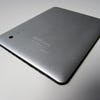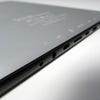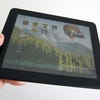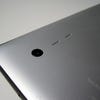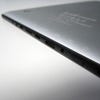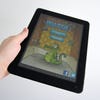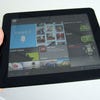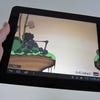Scroll Extreme Review
A 9.7-inch IPS screen and Android 4.0 for under ?200 - is this tablet too good to be true? Digital Foundry finds out.
History has a habit of repeating itself. Google's Android operating system is now one of the most popular in the world, and while a large portion of that success is thanks to top-tier phones such as the Samsung Galaxy S2 and HTC One X, it has just as much to do with the plethora of budget-level handsets which have flooded the market in the past few years. While Apple's iPhone has achieved popularity thanks to its luxury status, Android has gained market share because it offers the cheapest route into smartphone ownership.
It's taken perhaps longer than it should have done, but the same situation is starting to manifest itself in the tablet sector. The iPad remains the premium choice for serious buyers, but the legions of casual consumers - mums, dads, grandparents, pre-teens - are being serviced by a handsome array of low-cost Android-based slates. Most are technologically handicapped or run an outdated version of Google's OS, making them poor substitutes for a shiny New iPad, but the disparity in quality is slowly starting to change.
The Scroll Extreme is unashamedly gunning for prospective iPad buyers who perhaps aren't quite ready to make the commitment of £399 for an entry-level model. It offers the same screen size and resolution as the iPad 2 (something that sets it apart from other Android tablets) and even bears an uncanny similarity to Apple's best-selling slate, with rounded edges and a metallic back. One major difference is that it costs less than half what you'd pay for the shiny new third-gen iPad.
Single Core in a Dual Core World
One of the many ways that the manufacturer has cut costs with this device is to include a single-core Cortex A8 chip, clocked at 1.2GHz. With a low production cost and reasonably decent performance, it clearly makes economic sense, but the decision does mean that the Scroll Extreme lags behind more recent Android tablets like the Xoom 2 and Asus Transformer Prime - then again, it's in a completely different price bracket.
The weak nature of the processor becomes glaringly apparent when you're navigating around the Android 4.0 interface and switching between applications. You'll experience plenty of pauses and stutters, usually when there's a process running in the background (such as syncing mail or downloading an application). Android 4.0's new multi-tasking menu is often brought to a standstill if you've got a lot of programs sucking up CPU time simultaneously.
This is very much a worse-case scenario, however. While heavy users are likely to hit the ceiling of the single-core CPU's powers quite quickly, less demanding individuals may not even notice. If you're sticking to just a handful of moderate tasks - such as reading email, browsing the web or poring over an eBook - then the lack of oomph becomes a less distressing matter.
Some of the strain is taken off the CPU by the Scroll Extreme's Mali 400 dual core graphics processor. Again, this is a low-cost 'off the shelf' chip, so don't expect it to replicate the blistering performance given by NVIDIA-powered slates like the Transformer Prime, but on the whole we were fairly pleased with how the Scroll Extreme coped with 2D and 3D games.
Ice Cream Sandwich, With a Few Caveats
The fact that the Scroll Extreme is rocking Android 4.0 - the latest version of the OS - is impressive, no matter how you look at it. With big-budget slates like the Xoom 2 still stranded on Android 3.0, this low-cost alternative is very attractive indeed. There are some issues, however.
Google's new operating system has been designed with dual-core processors in mind, and there are times when the Scroll Extreme's CPU genuinely seems to become overwhelmed with what is expected of it. Another curious niggle is that the Google Play app store (previously known as the Android Market) does not come preinstalled; we quizzed UK distributor Storage Options and were told that all device manufacturers must obtain a licence from Google in order to have Google apps on their products. In the case of the Scroll Extreme, that hasn't happened, but there are very simple workarounds to overcome this problem. Still, it's an oddity which is likely to confuse casual users - the very people that this tablet is aimed at.
Most Android tablets tend to favour a 16:10 aspect ratio for their displays, but the Scroll Extreme has taken a leaf out of Apple's book and gone for a 4:3 form factor. This makes it rather unique when compared to its Android brethren, but that uniqueness comes at a cost. While the vast majority of apps and games are quite happy to run on the Scroll Extreme, we noticed a handful showcasing display errors due to the unorthodox resolution.
No complaints can be levelled at the quality of the screen, however. The capacitive IPS LCD panel handles colour well and features a decent level of brightness. The all-important viewing angles are also good, allowing you to tilt and turn the tablet in your hands without loss of clarity or detail.
"The tablet uses a SoC common to low-end Android devices with a single core 1.2GHz ARM Cortex A8 and a dual core Mali-400 - performance is best described as adequate."
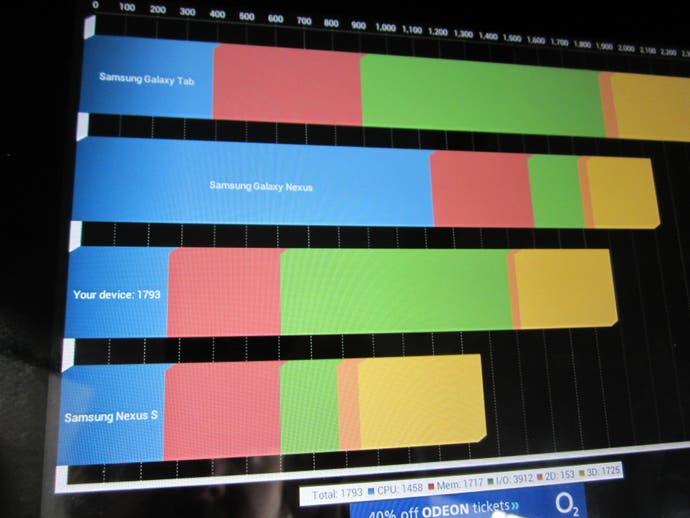
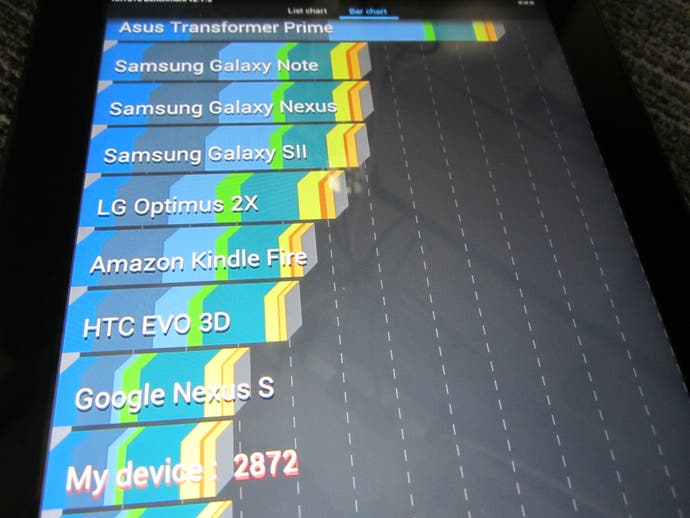
Games, Apps, Expansion, Storage and Battery Life
The Google Play marketplace continues to lag behind Apple's App Store in terms of variety and volume, although we've seen some notable titles making the leap over recently. Gaming hits such as Temple Run, Anomaly Warzone Earth, Another World, Canabalt and Shogun: Rise of the Renegade are all available on Android now, as are apps such as hipster favourite Instagram and social networking darling Path.
It's still slow going, however. There are precious few Android-exclusive games, and those that do exist are usually of quite a low calibre. It's clear that Apple is getting the lion's share of developer support at this moment in time, so potential Scroll Extreme buyers - or buyers of any Android device in general - should be aware that they won't be enjoying the same depth of choice as their iPad-owning chums.
Another negative point concerns onboard storage. With just 8GB of internal storage, even the most careful of users are likely to fill up the Scroll Extreme's memory pretty quickly. This issue can be alleviated somewhat by making use of Google's cloud storage services, such as Picasa and Google Music - although the latter requires you to jump through some hoops to gain access here in the UK, where it hasn't officially launched as yet.
Another choice is purchasing additional storage in the form of a microSD card. The Scroll Extreme accepts cards of up to 32GB in capacity, giving you a grand total of 40GB - not too shabby, but the extra expense is something you'll need to take into consideration when comparing to other Android slates. For example, the Motorola Xoom - which has been heavily discounted of late - comes with 32GB of onboard storage, as well as a microSD card slot.
Thankfully, the distributors of the Scroll Extreme have ensured that you won't have to shell out too much cash for other accessories. The tablet comes bundled with a HDMI cable and a vital microUSB-to-USB female adapter, which means you can plug in all manner of peripherals, including keyboards, joypads and even USB pen drives - another way of expanding on that paltry 8GB of memory.
The Scroll Extreme is rated for around six hours of battery life, which correlates pretty well with our tests. Naturally, heavy tasks are always going to erode that figure, but with casual usage you can expect to hit that advertised half-dozen hours.
"The Scroll Extreme is good for around six hours of average use, but you can expect CPU and GPU intensive apps to bite into that significantly."
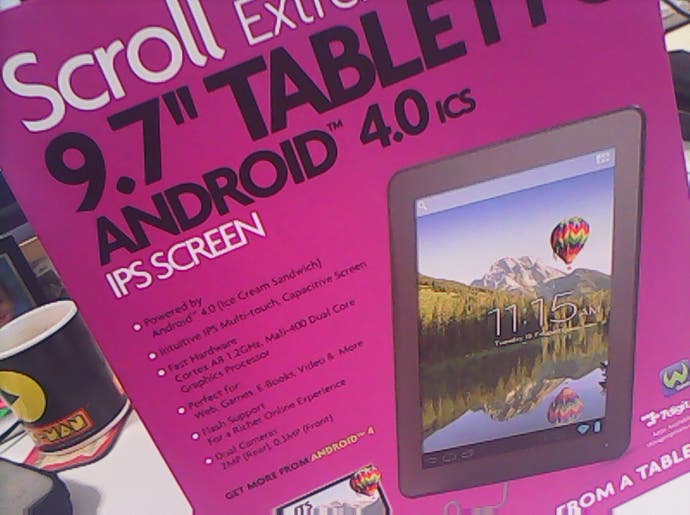
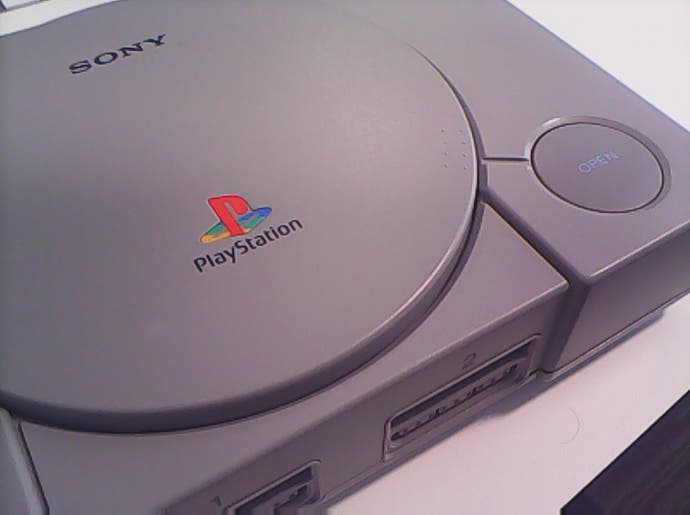
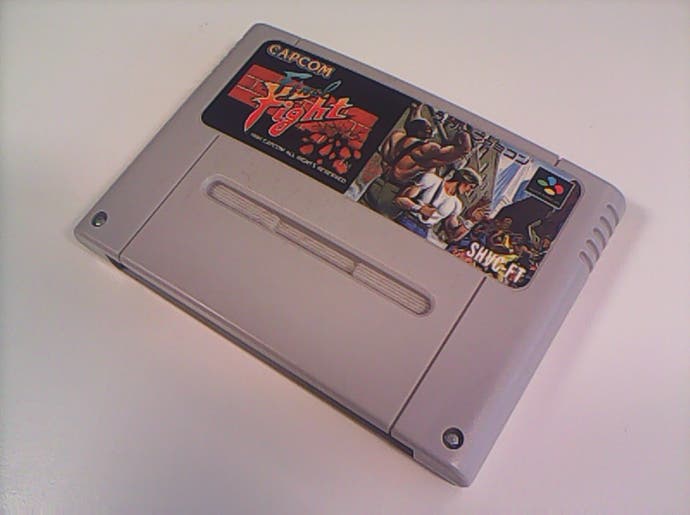
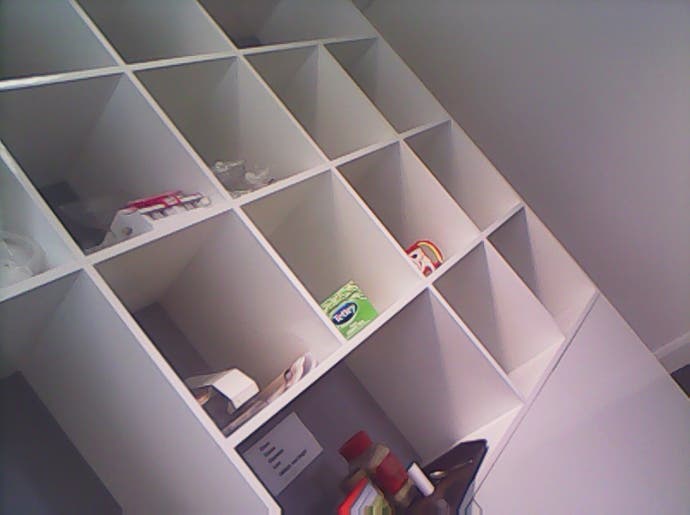
Although the Scroll Extreme's rear-facing camera is listed as a 2-megapixel variant, it's actually capable of taking 2592x1936, 5-megapixel snaps - not that the increased pixel count is worth celebrating - the quality of the pictures is depressingly poor, with noticeable blockiness and compression effects. Finally, it's worth noting that Bluetooth has been omitted from the tablet's spec-list; another cost-cutting procedure no doubt, and one that shouldn't cause any serious headaches unless you intend to use wireless keyboards or headphones.
Scroll Extreme: The Digital Foundry Verdict
It's easy to focus too intently on the Scroll Extreme's shortcomings; that dire camera, the occasionally sluggish CPU, the puzzling lack of the Google Play market out of the box. These are all unfortunate problems, but not deal-breakers - at the end of the day, this is a large-screen tablet with Android 4.0 for under £200. When you consider that similar products cost more twice that amount, it's easier to forgive the little issues.
The Scroll Extreme is by no means a unique device, however. In fact, this unit is simply a rebadged tablet from the Far East, and other UK distributors are already offering what look to be the same model but with different names - and even cheaper prices (though battery spec looks lower, according to that ad). At the £150 level, the tablet becomes much more tempting even factoring in all its limitations. It's also worth remembering that the Scroll Extreme is merely the first in what is sure to be a veritable flood of low-cost Android slates; the way things are going, it's likely that we'll see a dual-core tablet for under £200 in the not-too-distant future.
As it stands, the Scroll Extreme is the ideal 'training' tablet for casual users who have yet to see the benefit of such a device in their lives. While it doesn't handle tasks with the assured performance of a quad-core slate, it will happily allow you to browse the web, play games, watch HD movies and much, much more. And when the periodically spotty user experience threatens to dampen your enjoyment, all you need do is remember that magical price point.



